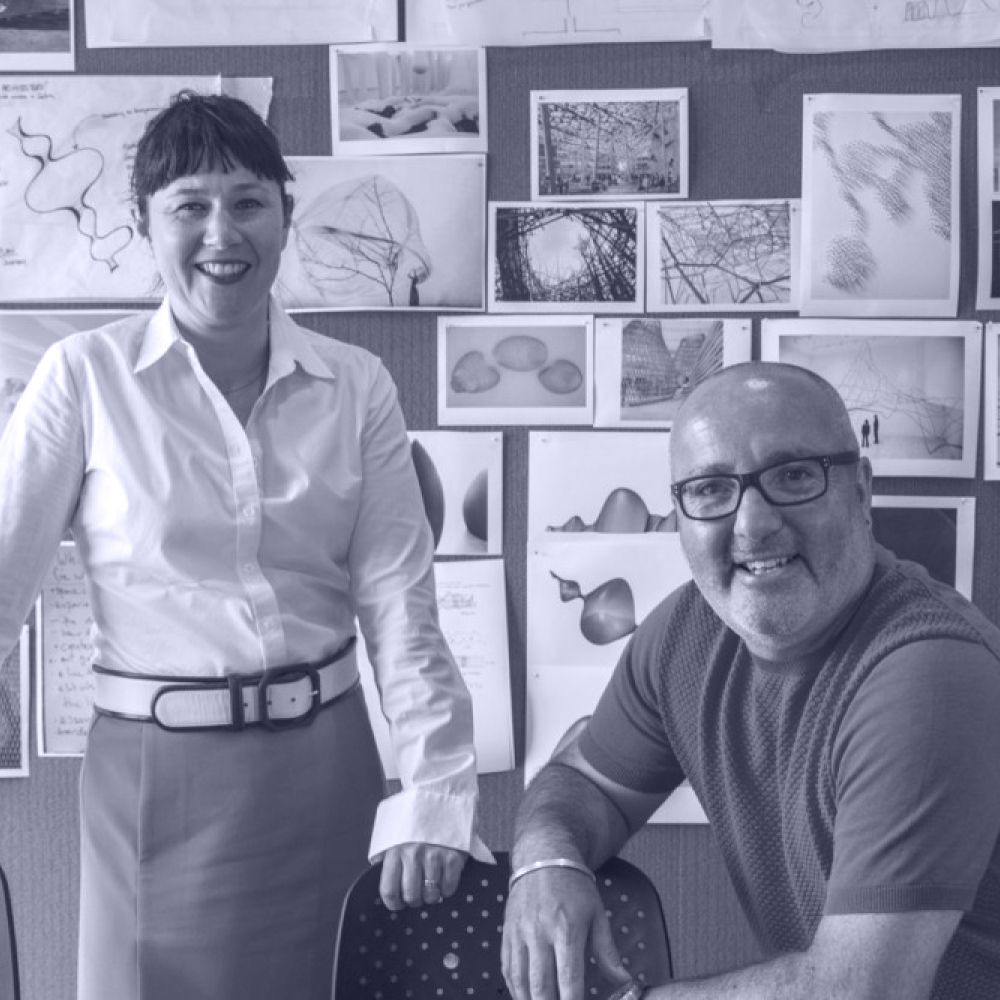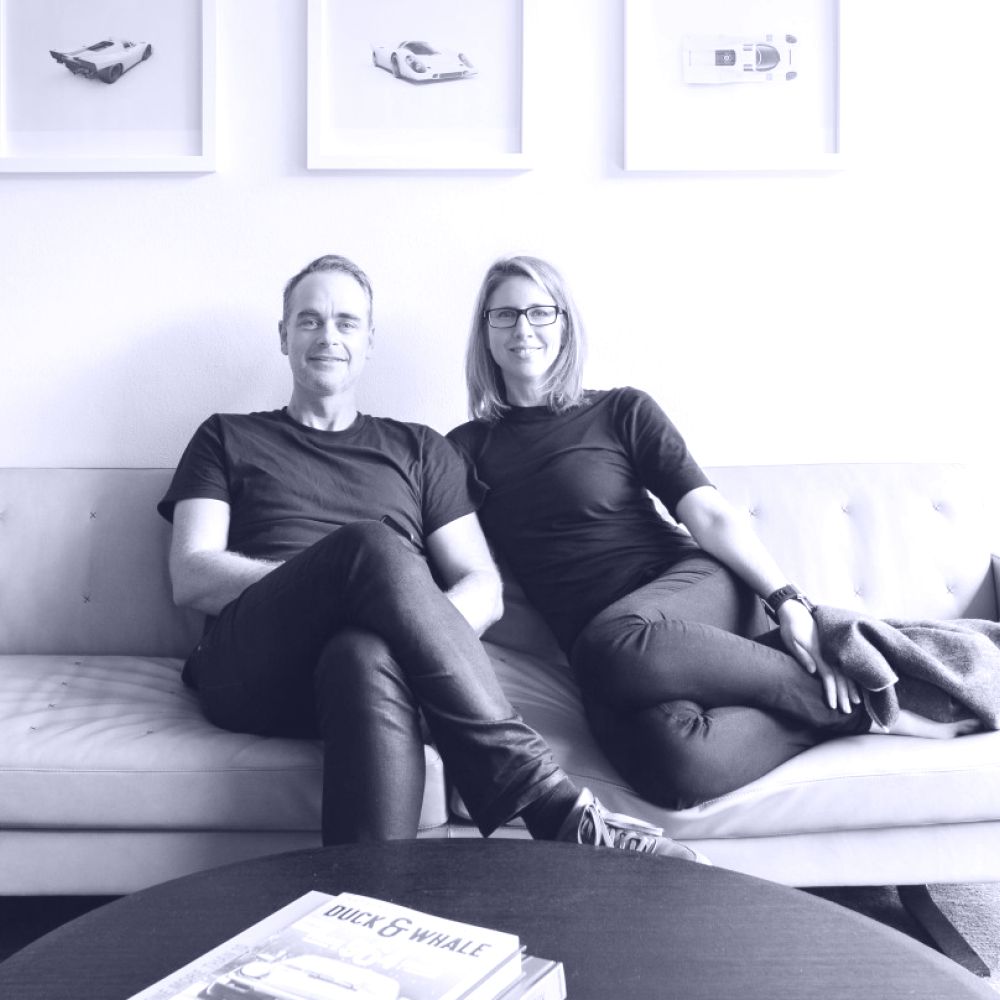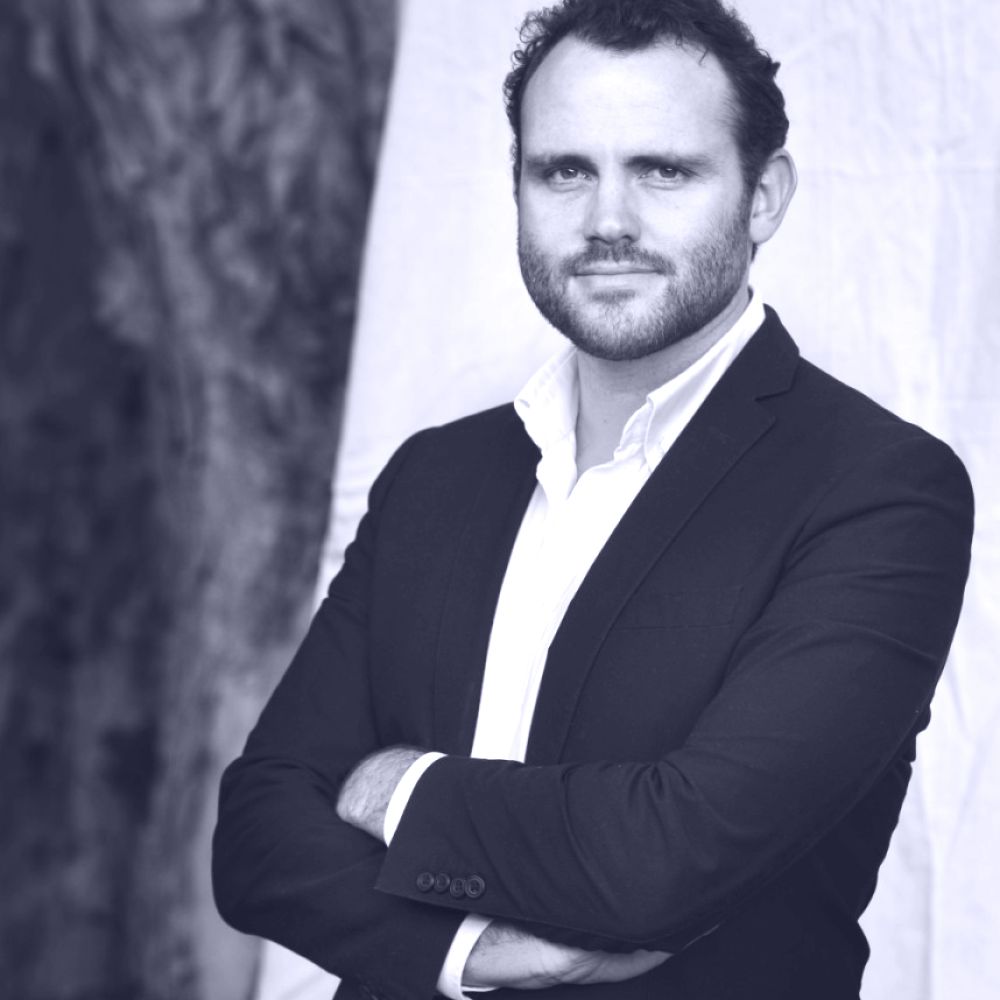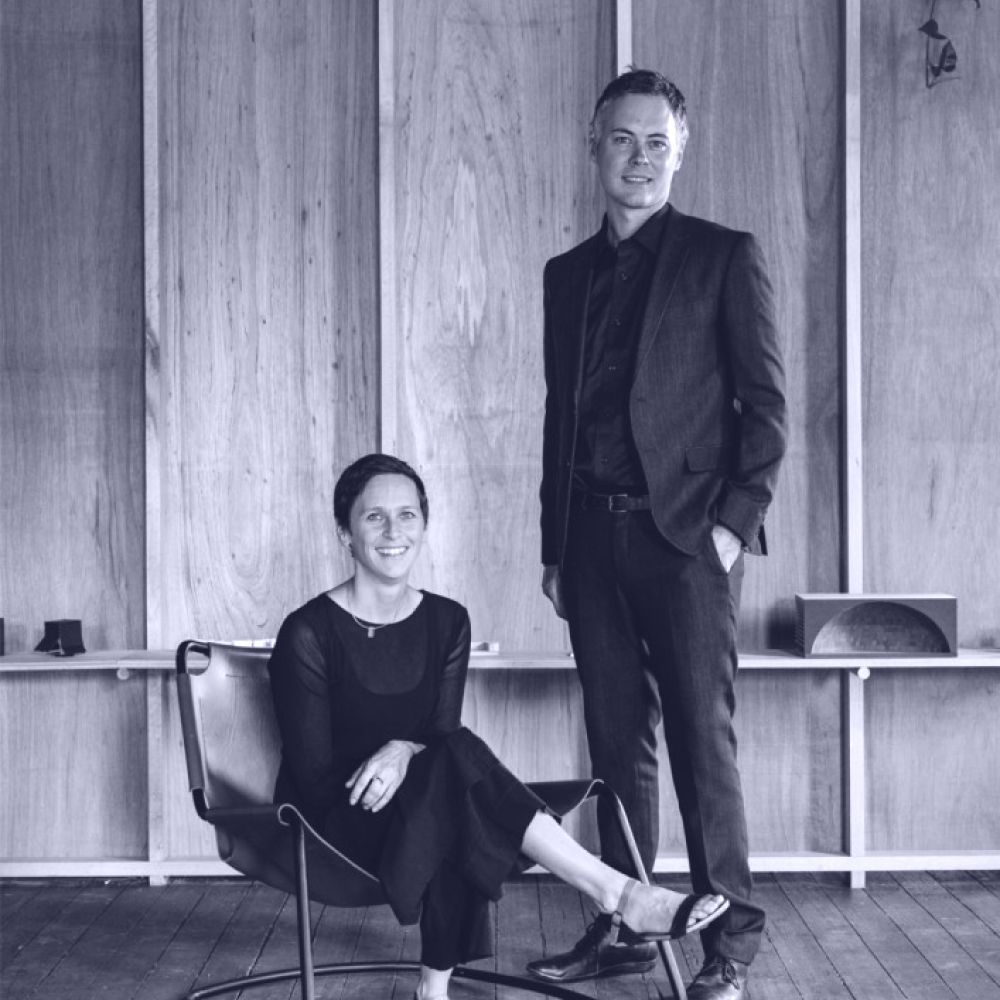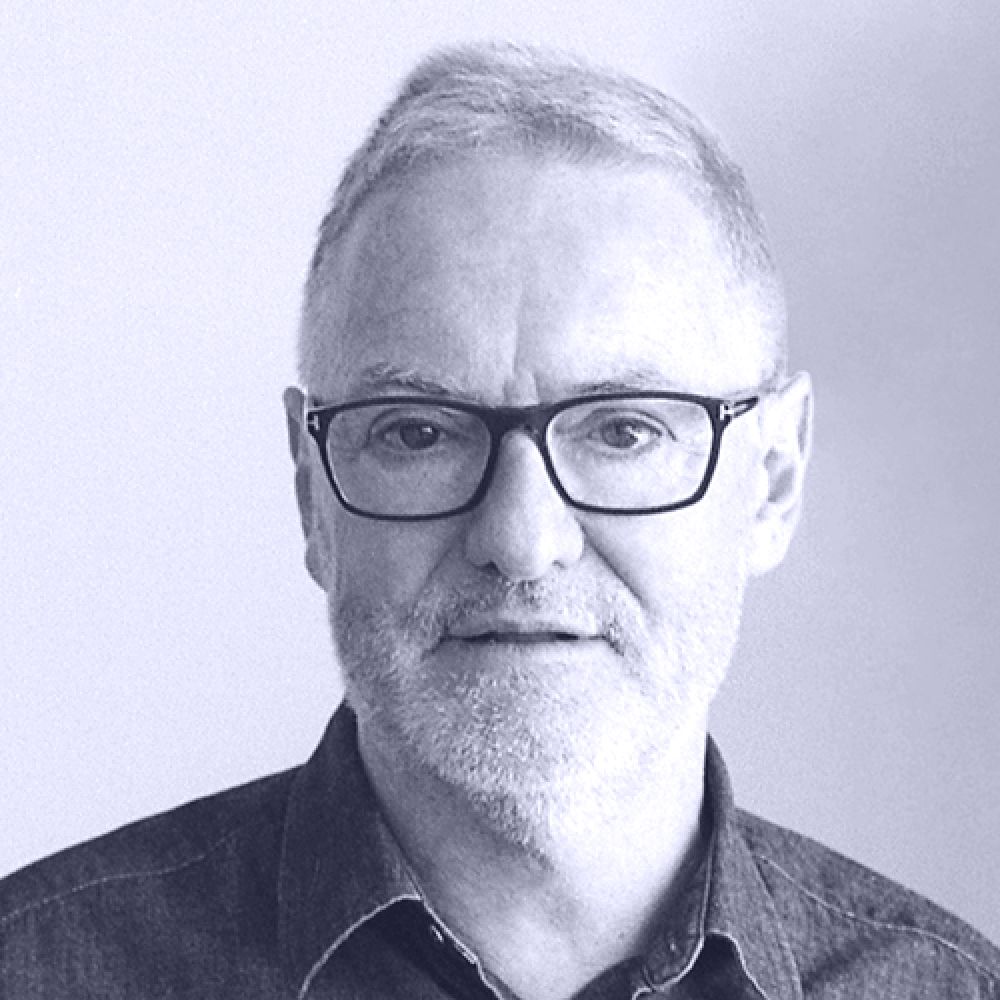Details.
When
Saturday 30 March – Sunday 31 March 2019
Where
Auditorium, Menzies Institute for Medical Research
University of Tasmania Medical Science Precinct,
17 Liverpool Street
Hobart Tasmania 7000
— Google Maps
Tickets
Ticket sales for this event are closed.
Program Info
This is a unique opportunity to join a small group for a weekend of learning, inspiration and camaraderie in Tasmania (30 + 31 March 2019). The architectural getaway includes a boutique symposium program in Hobart and a guided visit to John Wardle Architects’ Bruny Island farm and residences. The symposium program in Hobart will explore architecture through art, making and the landscape, with presentations by architects from Edinburgh, Santiago, Hobart and Sydney. The tour is divided into two smaller groups: Group 2 is scheduled one and a half hours behind group 1. Group 1 includes brunch, group 2 includes lunch, both comprising a buffet menu featuring local seasonal foods.
CPD: Architects can earn 3 Formal CPD points for the first day, and 2 Informal CPD points for the second day.
Partners
Supporting partner
University partner
SymposiumEarn CPD Points
Earn CPD Points
Program.
- 30 March DAY ONE: Symposium
- 10.15 am Delegate arrival
- 10.45 am Welcome
-
10.55 am
Introduction
Rufus Black, vice-chancellor, University of Tasmania -
11.10 am
Presentation
Peta Heffernan and Elvio Brianese, founding directors, Liminal Studio (Hobart) -
11.40 am
Presentation
Poppy Taylor and Mat Hinds, directors, Taylor and Hinds (Hobart) -
12.10 pm
Keynote
James Grimley, director, Reiach and Hall Architects (UK) - 1.00 pm Lunch
-
2.00 pm
Presentation
Jad Silvester and Penny Fuller, directors, Silvester + Fuller (Sydney) -
2.40 pm
Presentation
Andrew Burns, director, Andrew Burns Architect (Sydney) -
3.15 pm
Keynote
Cazú Zegers, director, Cazú Zegers (Chile) - 4.00 pm Closing comments
- 4.10 pm Closing drinks
- 5.00 pm Symposium closes
- 31 March DAY TWO : Tour – SOLD OUT
- NOTE: Due to site constraints and in deference to the local population, the tour is divided into two groups. Group 2 is scheduled 1.5 hrs behind group 1. Group 1 includes brunch, group 2 includes lunch, both comprising a buffet menu of local seasonal foods.
-
8.00 am
Delegate arrival and refreshments
Brickworks Studio, 9 Franklin Wharf -
9.00 am
Group 1 departs Hobart
CBD mini-bus pick-up from Brickworks Studio, 9 Franklin Wharf - 10.00 am Depart Kettering for Bruny Island on the Sealink Ferry
- 10.30 am Arrive Robertsons Point, Bruny Island
-
11.00 am
Brunch
Jetty Cafe, Dennes Point (designed by John Wardle Architects) - 12.15 pm Depart Dennes Point for Waterview (John Wardle’s farm)
-
12.45 pm
Tour and talk at Waterview
John Wardle, principal, John Wardle Architects
(award-winning buildings Captain Kelly’s Cottage and The Shearers Quarters) - 2.15 pm Free time to explore landscape
- 3.00 pm Depart Waterview
- 3.30 pm Buses arrive at Robertson Point
- 4.00 pm Ferry departs
- 4.30 pm Buses depart Kettering
-
5.15 pm
Delegate closing drinks
Brickworks Studio, 9 Franklin Wharf -
6.15 pm
Tour concludes
Delegates depart
Keynote Addresses.
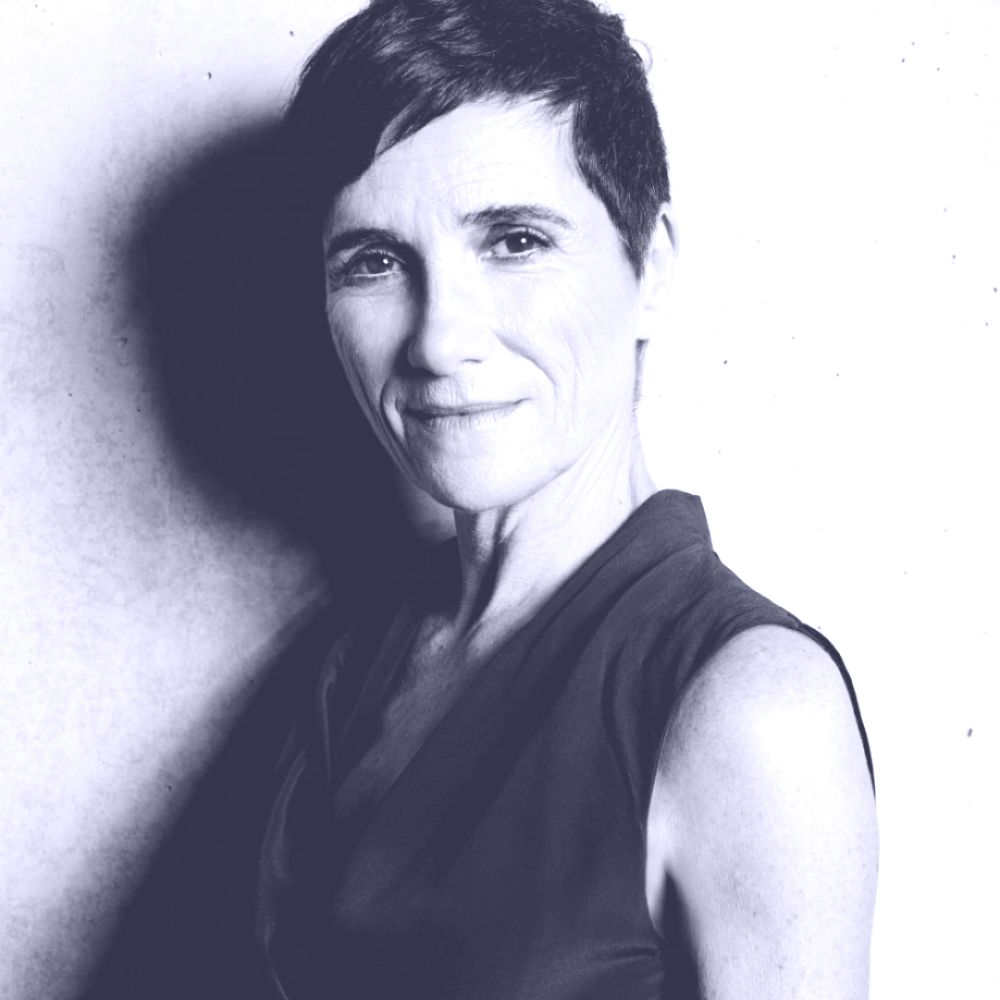
The territory is to America as monuments are to Europe
Presented by
Cazú Zegers, Founding director, Cazú Zegers
This lecture will be focused on the development of a Latin American language of forms related to territory and culture, with a strong social component. In this sense I understand my work as “Prototypes in the Territory," where each project becomes an opportunity to investigate and reflect on these matters. From this approach to the work, as a work in progress and creating architecture from a poetic perspective, I develop an artistic method of approaching the architectural project. This leads me to create new forms with a strong conceptual basis, where the work is always testing the boundaries between art and architecture in the Latin American landscape. I will show this process through several projects in different scales.
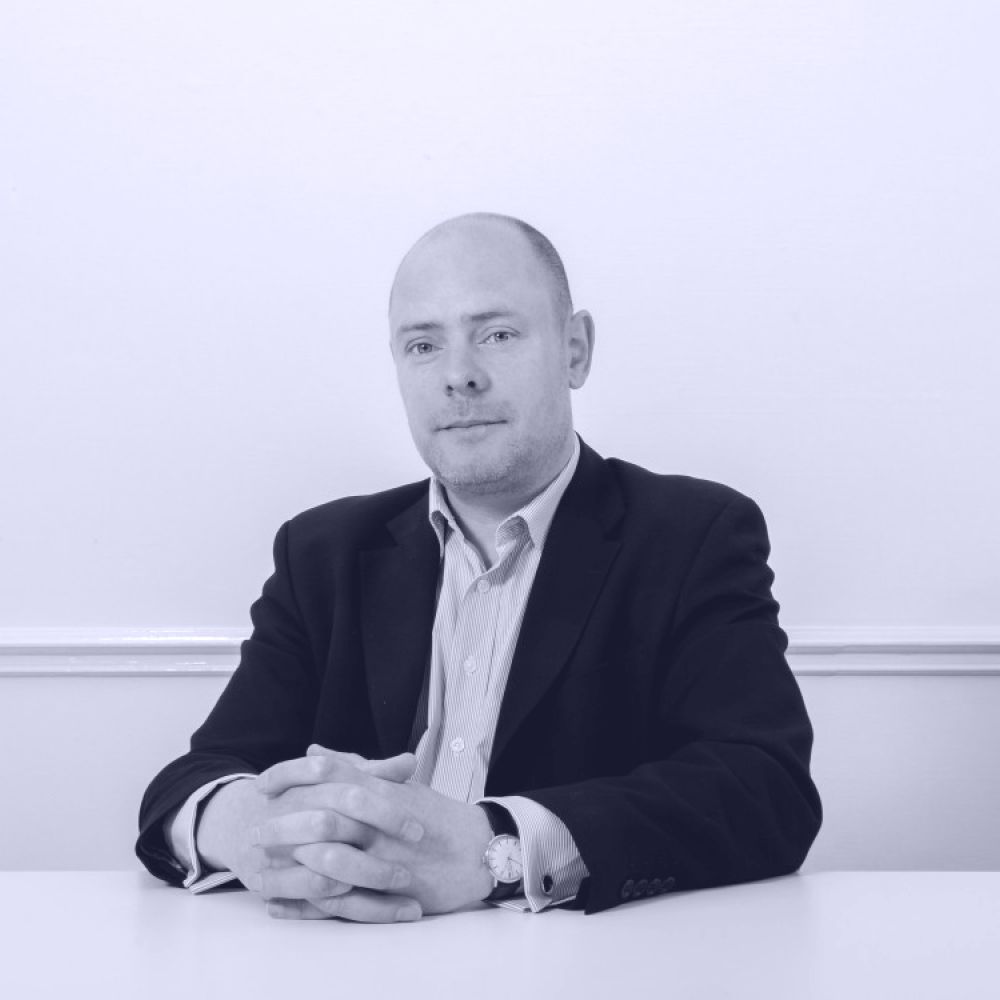
Creating people-centred places
Presented by
James Grimley, Director, Reiach and Hall Architects
Since its formation in 1965 Reiach and Hall has been designing buildings based on the principles established by practice founder Alan Reiach, who cautioned us to be mindful of our Scottish past – a past based on simplicity, appropriateness, common sense and a sense of community. Reiach also reminded us to have the strength of character to hold on to inspiration when productive use of the imagination and our fundamental architectural standards are under threat – a situation felt more keenly now than ever.
This lecture will tell the stories of a broad spectrum of recent projects, while relating them to a lineage of ideas and projects dating back to the 1940s. Whether the projects are large or small, specific lines of thought are reiterated over the decades – restraint and spareness, conversations with artists, and a desire to work quietly and purposefully to create people-centred places.
Presentations.
The dinner party epiphany
Presented by
Elvio Brianese and Peta Heffernan, Founding directors, Liminal Studio
We’ve all experienced the energy and passion of a stimulating dinner party conversation. Imagine accessing on demand the exchange of ideas that flows effortlessly in these experiences. The desire to recreate this dynamism and release it daily is what inspired the creation of Liminal Studio. Dinner party epiphanies are fuelled by food and wine, good company and the right ambiance. While it’s not particularly advisable for wine to be part of Liminal’s everyday studio life (although they have been known to give it a red-hot go!) they embrace the other key elements required to generate that creative spark, boosting the imaginative potential that is tuned to making a difference. As a result, people and place underpin Liminal’s approach to shaping their culture and processes.
Peta and Elvio will share why their choice of living on a creative island led to Liminal, collaborations and bespoke outcomes with a global outlook. Through the sharing of three projects of different scales, they will demonstrate how their version of "convivial collaboration" coupled with the significance of place has shaped the philosophy driving their project outcomes.
Process and application
Presented by
Jad Silvester and Penny Fuller, Founding partners, Silvester Fuller
Jad Silvester and Penny Fuller will share the journey that has led to their studio's first Tasmanian project, the Table Cape Resort. This journey began with an architectural education in Tasmania and the ACT, then saw them leave to pursue opportunities in Europe, before returning to Sydney in 2008 to open a design studio at the beginning of a global financial crisis.
The story of the studio since 2008 is divided in two timeframes, the first five years and second five years. The first five years is defined by few projects, long hours and no financial reward, yet the opportunity to hone their design process. The second five, following the realization of their first projects and a resurgent economy, saw many projects, still long hours, some financial reward and further testing and adjustment to the way they approach each project. Jad Silvester and Penny Fuller will explain their process and its application via a selection of projects ranging in scale, complexity and location.
Intensification of landscape experience
Presented by
Andrew Burns, Principal, Andrew Burns Architecture
In this lecture, Andrew Burns will present a series of projects that have sought to intensify experience of landscape in terms of visual, atmospheric and social qualities. A series of projects will be presented from urban and natural settings, culminating in a detailed exposition of the Three Capes Track lodges project on the Tasman Peninsula, recently completed for the Tasmanian Walking Company. In each of these projects, architecture asserts a confident presence while being secondary, or at least in partnership with, landscape. Understandings gained through these projects will be shared, highlighting the key architectural strategies that have served to intensify experience, usually a combination of materials and geometry.
Terra Amata
Presented by
Mat Hinds & Poppy Taylor, Co-directors, Taylor and Hinds Architects
Architecture springs from an intelligent awareness of context. By this we mean that it is fundamentally a responsive act, which serves to heighten the latent characteristics of a given site. In our work we seek to refine this notion through a series of characteristic spatial themes, that in turn have developed from the specific conditions of our shared education, teaching and practice in Tasmania. These themes scaffold for our work and approach, and focus the thinking of the practice towards fundamental architectural tenets of experience, occasion and delight. Through an exposé of a series of specific recent works, our contribution will open these ideas further – and seek to clarify the terrain of our practice.
Tour: sold out.
A guided visit to John Wardle Architects’ Bruny Island farm and residences
Presented by
John Wardle, Founder, Wardle
The Shearer’s Quarters
Described by the 2012 Houses Awards jury as “an ambitious house that compels us to reflect on the inherent beauty of living,” the Shearers Quarters by John Wardle Architects sits as a companion building to an existing cottage on Waterview, an historic farming property on Tasmania’s North Bruny Island. Located on the site of the old shearing shed that was destroyed by fire, the residence houses shearers, and family and friends on tree planting weekends and retreats.
The form of the dwelling’s plan transforms along its length to shift the profile of a slender skillion at the western end to a broad gable at the east. The geometry of this shift is carried through to the layout of internal walls, lining boards and window frames. Extensive environmental initiatives have been undertaken on the property, including significant indigenous tree planting.
The project has won a number of awards, including the Australian Institute of Architects’ Robin Boyd Award for Residential Architecture and the Houses Awards Australian House of the Year in 2012. It was also "Villa" Project of the Year in 2012 at the World Architecture Festival.
Captain Kelly’s Cottage
Originally the home of Australian mariner and explorer Captain James Kelly, Captain Kelly’s Cottage by John Wardle Architects is located on a remote bay of North Bruny Island, Tasmania. Extensive research was undertaken prior to the restoration of the original weatherboard dwelling, which was constructed in the 1830s.
The project comprises an original gable-roofed cottage and a kitchen in a separate structure. A crude addition that joined the two structures was removed and replaced with a new insertion. The project also involved the painstaking removal of paint layers to reveal the original colours. A sheltered north-facing courtyard is nestled into the leeward side of the cottage, and a new chimney is located in the position of the original (but long removed) chimney, serving to define and warm the courtyard space.
The project has won a number of awards, including the Royal Institute of British Architects Award for International Excellence in 2018 and House Interior of the Year at the inaugural Dezeen Awards in 2018. It was awarded the Australian Institute of Architects Tasmanian Chapter’s Roy Sharrington Smith Award for Heritage Architecture in 2017.





